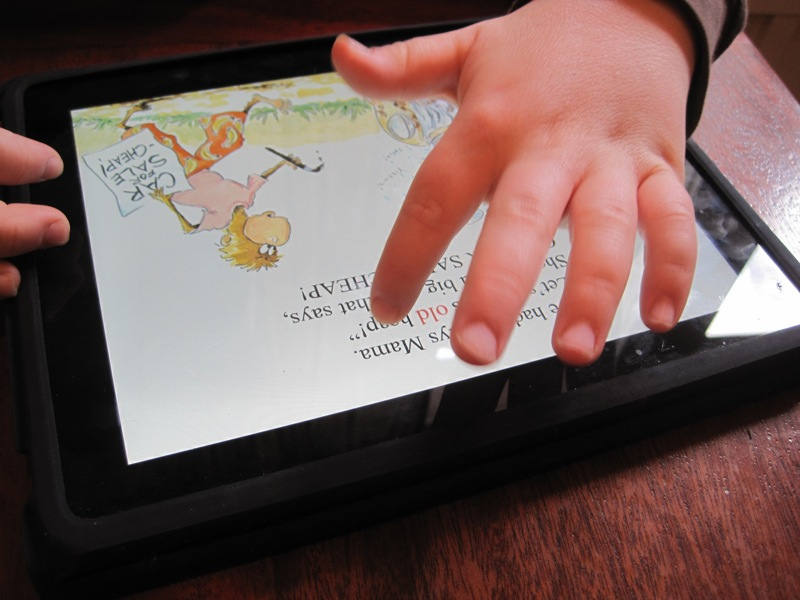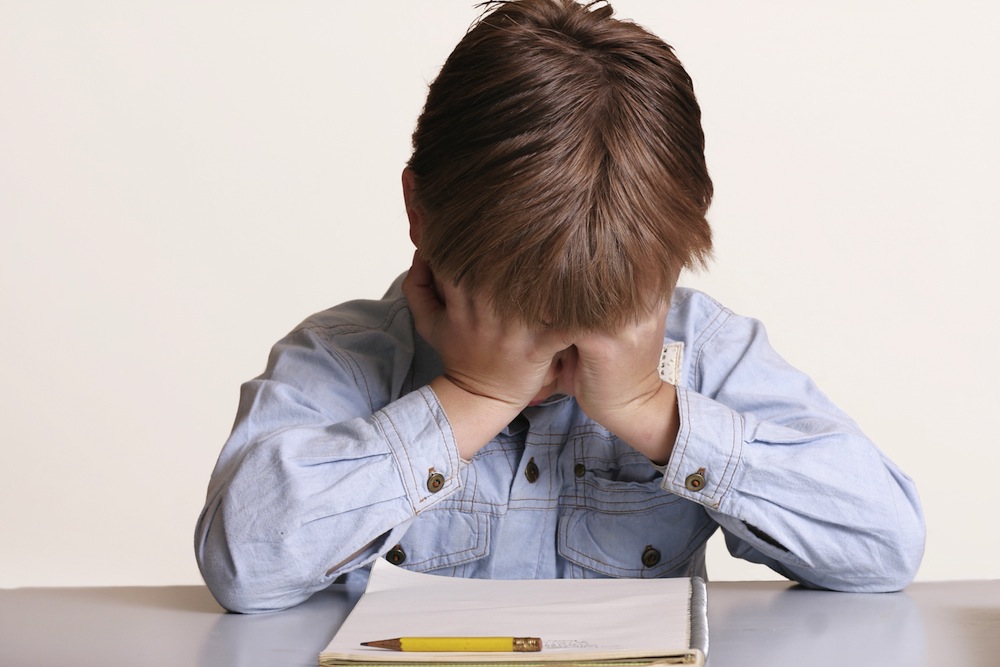
Autism education has come a long way in the past few decades, but diagnosing children with autism, figuring out how best to teach them, and raising awareness among students, parents, and teachers still pose challenges. In a panel co-presented by Arizona State University’s Mary Lou Fulton Teachers College at the ASU Art Museum, a group of educators discussed what strategies and practices work best—and the obstacles toward implementing them in the classroom.
When Mesa Public Schools special education director Jan Cawthorne began her career years ago, children with disabilities were separated from other students—put in classes at the back of the school, or somewhere else hidden away. A sea change has occurred since then in the shift toward inclusive practices—the result of research showing that kids with autism and other disabilities benefit from being part of a school community.
Even as people are more aware of autism in general, diagnosis remains difficult, said Arizona State University educational psychologist Erin Rotheram-Fuller. There are more parent networks, and more people trained in both diagnosing and supporting these kids. But for parents, it’s still a challenge to find first a diagnostician and then a provider who can help their children.
The average age of diagnosis, said Southwest Autism Research & Resource Center (SARRC) president and CEO Daniel Openden, is between 11 months and 4 years. But age 4 is still too late. “We argue in this field about just about everything,” said Openden. “But the one issue that uniformly everyone agrees on is you’ve got to diagnose kids as early as possible and get them treatment as early as possible.” The preschool at SARRC starts teaching children at 18 months. Openden and SARRC combine early intervention with a commitment to inclusion: More than half of the preschool’s students are not diagnosed with autism. SARRC is also working to intervene as early as six months by recruiting the younger siblings of already-diagnosed children, who have a greater risk of sharing the diagnosis.
Arizona Republic education reporter Cathryn Creno, the evening’s moderator, asked Rotheram-Fuller about her research showing that inclusion—in which kids with autism are integrated in general education classrooms—also benefits typically developing kids.
Rotheram-Fuller said that inclusion isn’t perfect: Conflicts happen when teachers and students aren’t prepared. But typically developing kids become more tolerant and understanding when they are in classrooms with kids with autism—and those kids, in turn, get exposed to the modeling of social behaviors they need to learn.
Cawthorne said that her district—which works to put students with disabilities in general education classrooms as much as possible—has found that bringing a parent into class to talk about his or her child’s disability with students has been very helpful in avoiding conflicts.
Why, Creno asked the panelists, is it so important to educate kids with autism and typically developing kids together?
“For us, the heart of autism is a social disorder,” said Openden. “So it never made sense to take kids who are socially disordered and put them all together.” Plus, kids with autism leave school and go into the real world—where most of the people they meet and interact with will not be people with autism.
Creno asked the panelists what it takes to be the best possible teacher for students with autism.
Rotheram-Fuller said that learning about autism is important—but so is being flexible and setting a positive tone. Teachers need to let students know that everyone in the classroom is important and respected, and that they’re all going to do whatever it takes to make sure everyone succeeds.
Cawthorne said that when she hires teachers, the most important skill she looks for is the ability to assess a situation, problem-solve through it, and use one’s own resources—or seek outside resources—for help. The teachers who have trouble, she said, are the ones who give up easily. And while teachers should be flexible, they also need to teach children with autism to adapt to their environment and learn to be flexible if they’re going to succeed.
Before turning to the audience for the question-and-answer session, Creno asked the panelists what they think Arizona needs from its policymakers to support kids with disabilities.
“It always comes down to money,” said Cawthorne.
We need “really good school leaders,” said Openden, who are committed to educating typically developing students and students with disabilities.
And children have to be taught “to be good citizens,” said Rotheram-Fuller. It’s a practice that often stops around second grade—which is when kids with autism often stop improving—and it needs to be reinforced in older grades as well.
In the question-and-answer session, an audience member asked how parents seeking more support for their children should approach teachers who are already dealing with large class sizes and funding cuts.
Cawthorne said that if a parent isn’t getting satisfaction from talking with an individual teacher, he or she should approach the district special education director. Getting a group of parents together can also be helpful—and so can approaching a problem by asking how everyone can get together to solve it. “We are always looking to form partnerships with parents,” she said.






Send A Letter To the Editors